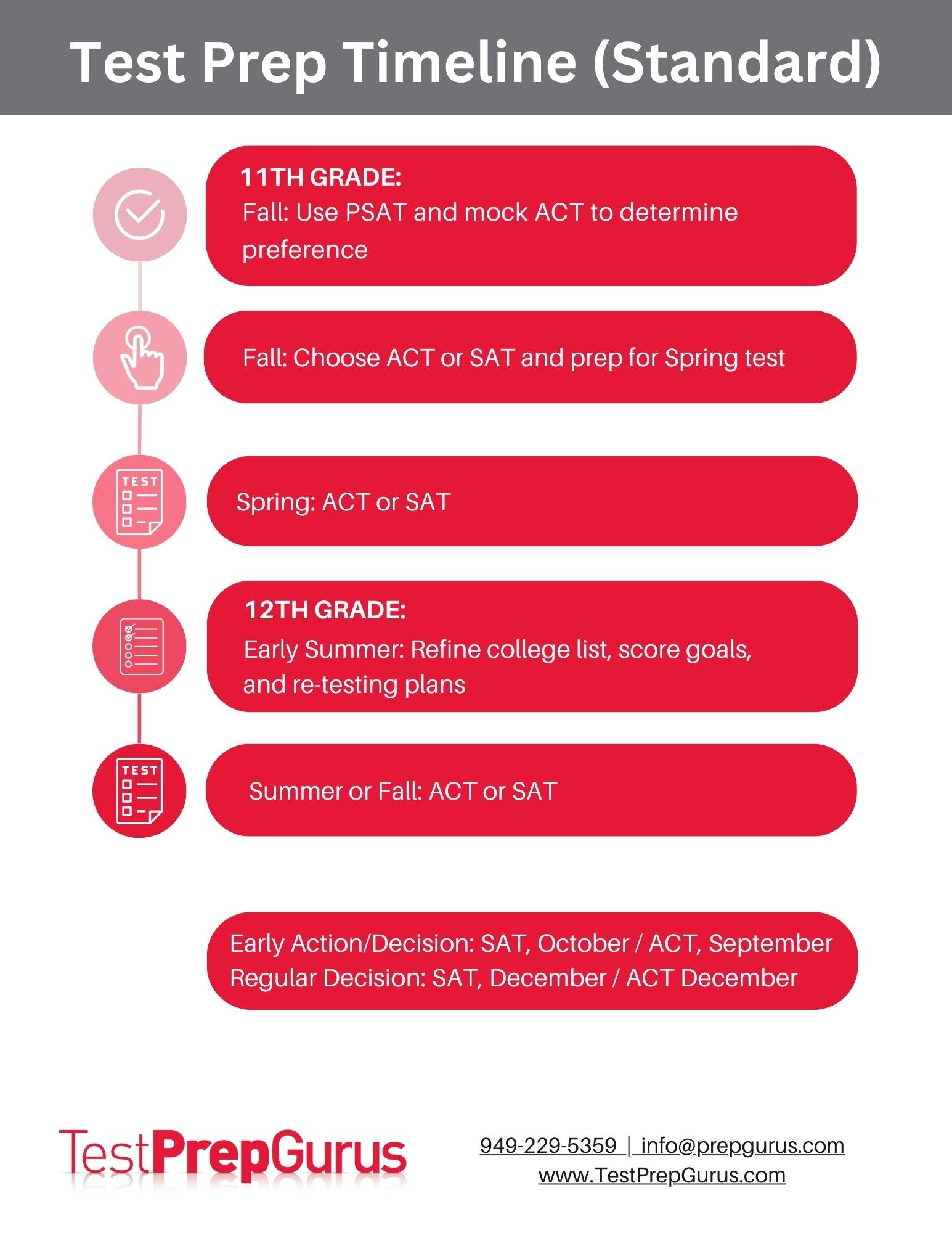The graph above shows admission percentages at a variety of colleges when applying with or without SAT or ACT scores. The grey bars indicate the admission rates without scores, and the red bars indicate the admission rates with scores.
While over 90% of 4-year accredited colleges are “test-optional,” including a competitive SAT or ACT score will often increase a student’s chances of admission.
•“Test scores are the single most effective factor in predicting a student’s first-year and four-year grade point average.” – Yale
•“Scores help differentiate amongst applicants with similarly high grades, and also help students who do not have equitable access to high-level courses demonstrate college readiness.” - MIT
•“While high school grades are a strong predictor for academic success in college, the combination of grades and standardized test scores has been shown to strengthen that prediction…we still find value in scores if you choose to send them.” - Northwestern
Let's delve into the data-backed reasons why achieving commendable scores on these standardized tests can significantly enhance your chances of securing admission to a variety of colleges.
1. Universal Benchmark for Comparison:
📊 Data Insight: According to a report by the National Association for College Admission Counseling (NACAC), standardized test scores provide colleges with a standardized benchmark for comparing students from diverse academic backgrounds. This allows for a fair and objective evaluation process.
2. Demonstrating Academic Competence:
📊 Data Insight: The College Board notes that high ACT and SAT scores serve as indicators of a student's academic prowess and readiness for college-level coursework. A strong performance suggests a solid foundation in core subjects.
3. Influencing College Rankings:
📊 Data Insight: U.S. News & World Report indicates that standardized test scores are often factored into college rankings. Higher average scores contribute positively to a college's standing, making it more attractive to prospective students and enhancing its overall reputation.
4. Merit-Based Scholarships and Financial Aid:
📊 Data Insight: Many colleges use ACT and SAT scores as criteria for awarding merit-based scholarships. Students with exceptional scores may find themselves eligible for substantial financial aid, easing the burden of tuition costs.
5. Meeting Admission Requirements:
📊 Data Insight: A vast majority of colleges still maintain ACT/SAT score requirements for admission. According to the National Center for Fair & Open Testing, even with the rise of test-optional policies, a considerable number of institutions continue to consider these scores in their admissions decisions.
6. Holistic Admissions Consideration:
📊 Data Insight: The Chronicle of Higher Education reports that while the landscape is evolving with more colleges adopting test-optional policies, ACT and SAT scores still contribute to the holistic evaluation of applications. They provide additional data points for assessing a student's overall academic profile.
7. Competitive Advantage in Admissions:
📊 Data Insight: Research from the Educational Testing Service (ETS) suggests that students with strong ACT and SAT scores have a competitive edge in the admissions process, especially in institutions where a large number of applicants vie for limited spots.
In conclusion, the influence of ACT and SAT scores on college admissions rates is backed by substantial data. While the shift towards test-optional policies is a notable trend, standardized test scores remain powerful tools for students aspiring to secure admission to a diverse array of colleges. It's essential for prospective college-goers to recognize the weight these scores carry and strategically prepare to showcase their academic aptitude. 🎓✨ #CollegeAdmissions #StandardizedTesting #HigherEducationSuccess












